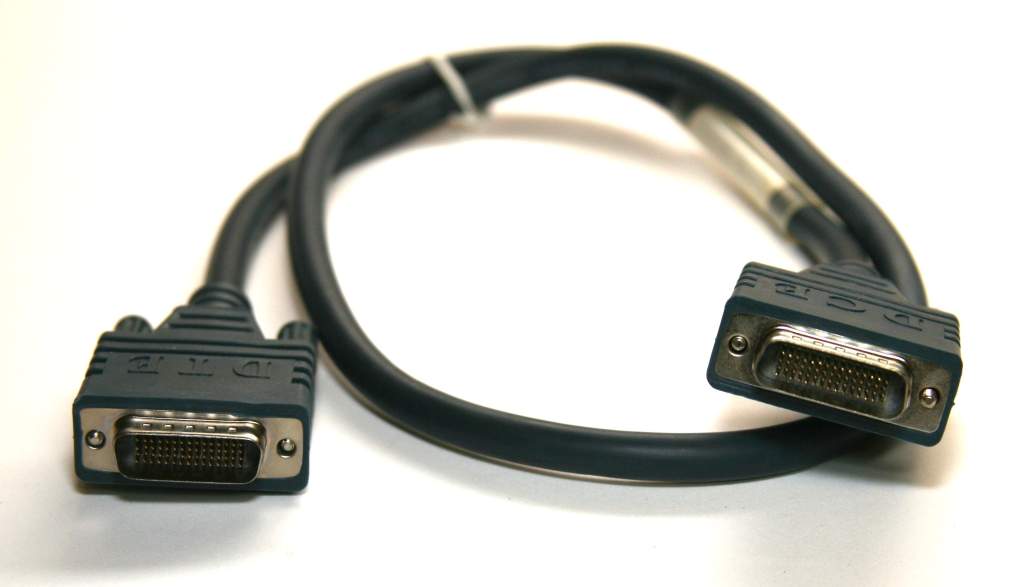
Tutorial Komunikasi Serial Rs232 Cable
TIA-485-A (Revision of EIA-485) Standard ANSI/TIA/EIA-485-A-1998 Approved: March 3, 1998 Reaffirmed: March 28, 2003 Physical media,, Maximum devices At least 32 unit loads Maximum distance Not specified Mode of operation Different receiver levels: binary 1 (OFF) (Voa–Vob +200 mV) Available signals A, B, C Connector types Not specified RS-485, also known as TIA-485(-A), EIA-485, is a standard defining the electrical characteristics of drivers and receivers for use in systems. Electrical signaling is, and systems are supported.
May 20, 2013 - Using USB Cable Between Raspberry Pi and Arduino. The ability to read from and write to the serial port with Python Programming language. In this example, Raspberry Pi will be sending back a single number, and the.
Michael jackson beat it. Michael Jackson - P.Y.T. (Pretty Young Thing) 13.
The standard is jointly published by the and (TIA/EIA). Digital communications networks implementing the standard can be used effectively over long distances and in. Multiple receivers may be connected to such a network in a linear,. These characteristics make RS-485 useful in and similar applications. Contents • • • • • • • • • • • • • Overview [ ] RS-485 supports inexpensive and multidrop communications links, using the same over as.
It is generally accepted that RS-485 can be used with data rates up to 10 or, at lower speeds, distances up to 1,200 m (4,000 ft). As a, the speed in bit/s multiplied by the length in metres should not exceed 10 8. Thus a 50-meter cable should not signal faster than 2 Mbit/s. In contrast to RS-422, which has a driver circuit which cannot be switched off, RS-485 drivers use allowing individual transmitters to be deactivated.
This allows RS-485 to implement using only two wires. The equipment located along a set of RS-485 wires are interchangeably called nodes, stations or devices. The recommended arrangement of the wires is as a connected series of point-to-point (multidropped) nodes, i.e. A line or, not a,, or multiply connected network. Star and ring topologies are not recommended because of signal reflections or excessively low or high termination impedance.
If a star configuration is unavoidable, special RS-485 repeaters are available which bidirectionally listen for data on each span and then retransmit the data onto all other spans. Typical bias network together with termination. Biasing and termination values are not specified in the RS-485 standard.
Ideally, the two ends of the cable will have a connected across the two wires. Without termination resistors, off the unterminated end of the cable can cause data corruption. Termination resistors also reduce electrical noise sensitivity due to the lower impedance.
[ ] The value of each termination resistor should be equal to the cable (typically, 120 ohms for twisted pairs). The termination also includes pull up and pull down resistors to establish bias for each data wire for the case when the lines are not being driven by any device.

This way, the lines will be biased to known voltages and nodes will not interpret the noise from undriven lines as actual data; without biasing resistors, the data lines float in such a way that electrical noise sensitivity is greatest when all device stations are silent or unpowered. Standard [ ] The EIA once labeled all its standards with the prefix 'RS' (), but the EIA-TIA officially replaced 'RS' with 'EIA/TIA' to help identify the origin of its standards. The EIA has officially disbanded and the standard is now maintained by the TIA as TIA-485, but engineers and applications guides continue to use the RS-485 designation. RS-485 only specifies electrical characteristics of the generator and the receiver. It does not specify or recommend any, only the. Other standards define the protocols for communication over an RS-485 link. The foreword to the standard recommends The Telecommunications Systems Bulletin TSB-89 which contains application guidelines, including data signaling rate vs.